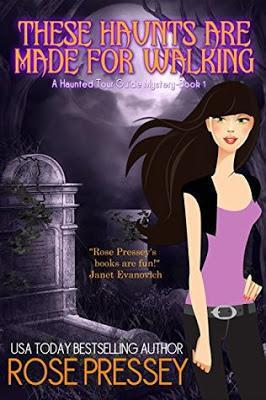Download links for: Madame Xanadu, Vol. 1: Disenchanted


Reviews (see all)
Write review
Frankly, I would have been more satisfied if she'd done more than just slap the Phantom Stranger.
Matt Wagner's story is okay. but Amy Reeder Hadley's art is fantastic.
Madame Xanadu spends 2,000 years being ineffectual. Yawn.
love it continuing on to the rest of the series :)
Other books by Historical Fiction
Other books by Matt Wagner
Related articles












